18 Nutrient-Packed Foods You’re Overlooking at the Grocery Store
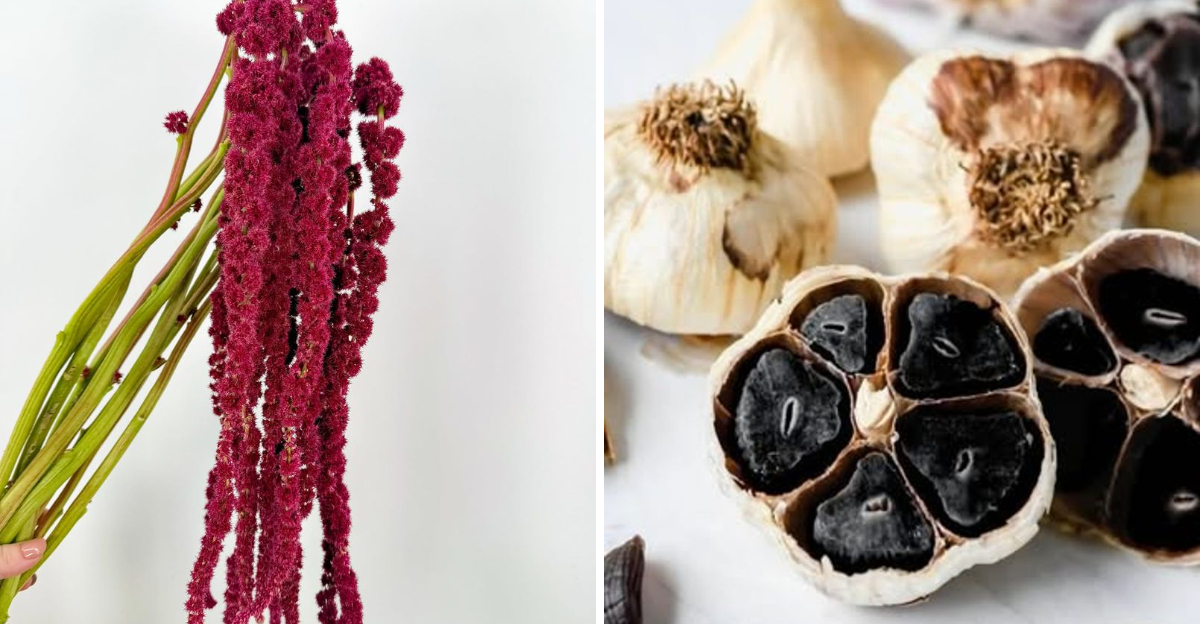
Grocery shopping often follows a routine, leading many to miss out on nutrient-rich foods hiding in plain sight. These overlooked gems are not just packed with essential vitamins and minerals, but they also introduce exciting flavors and textures to your daily meals. Delve into this list of 18 nutrient-packed foods that might not be on your radar but deserve a spot in your shopping cart.
1. Watercress
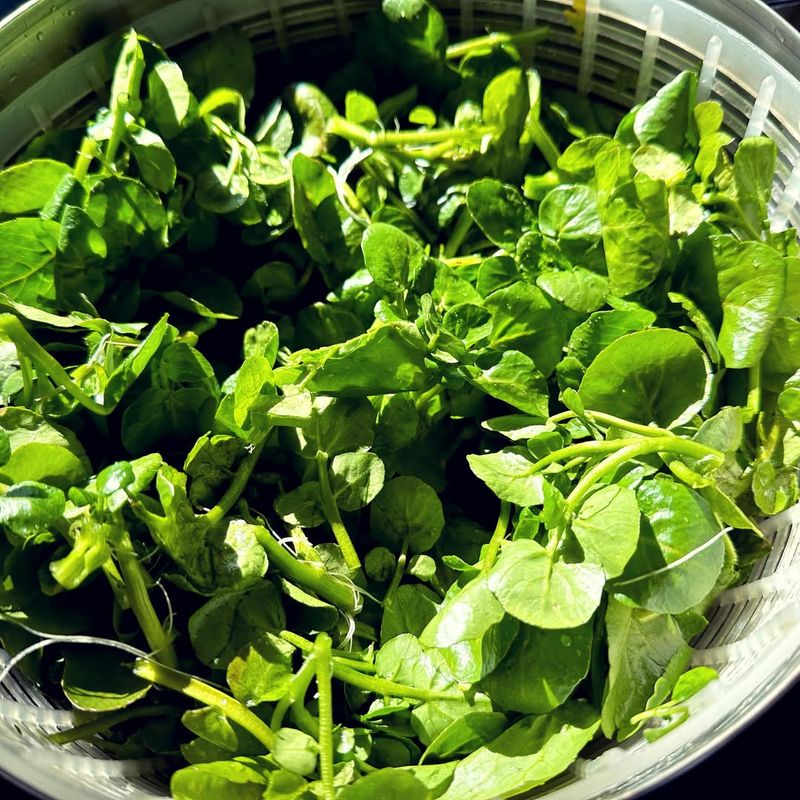
Often overshadowed by kale, watercress is a leafy green packed with vitamins A, C, and K. Its peppery flavor makes it a refreshing addition to salads and sandwiches.
Watercress is also rich in antioxidants, contributing to overall health and wellness. Adding a handful to your meals can enhance your nutrient intake without much effort.
Consider tossing it into smoothies for an extra nutrient boost or using it in soups for added depth. Its versatility makes watercress a worthy addition to any healthy diet.
2. Sardines
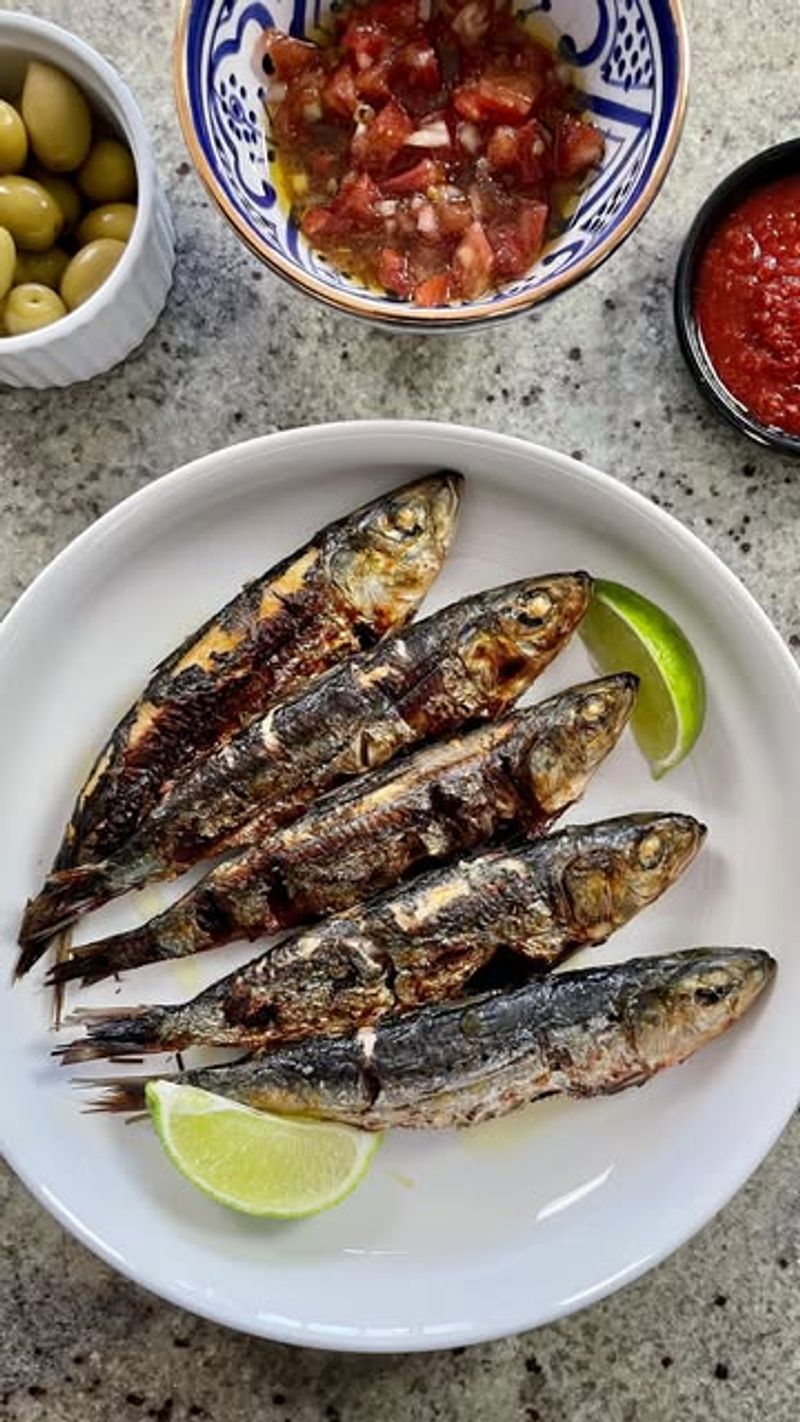
Sardines might not be everyone’s favorite, but these tiny fish are a powerhouse of omega-3 fatty acids and protein. They provide essential nutrients like vitamin D and calcium, beneficial for bone health.
Sardines are also environmentally friendly, as they are a sustainable seafood choice. Their rich flavor can enhance pasta dishes or salads.
For a quick snack, try them on whole-grain crackers with a squeeze of lemon. Embracing sardines can diversify your protein sources while supporting a healthy diet.
3. Pumpkin Seeds

Pumpkin seeds, or pepitas, are small but mighty in nutrition. Rich in magnesium, zinc, and healthy fats, they support immune function and heart health.
These seeds add a delightful crunch to salads, yogurts, or smoothies, offering both flavor and nutrition.
Toasting them with a dash of spices makes for a tasty, nutrient-dense snack. Incorporating pumpkin seeds into your diet is an effortless way to boost nutritional intake with minimal effort. They are a versatile ingredient that can complement various dishes.
4. Beet Greens
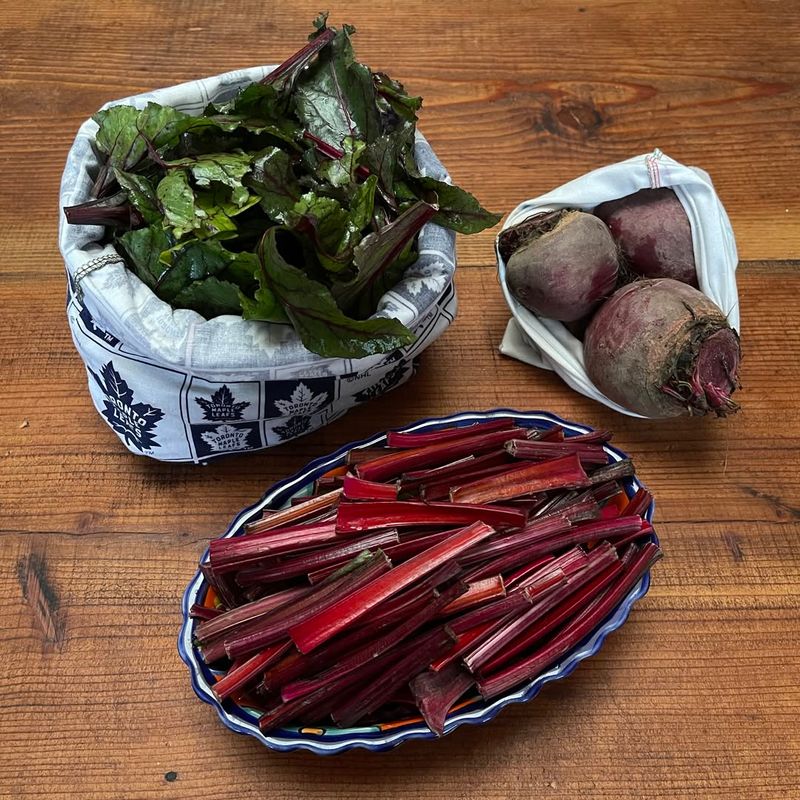
Before tossing beet greens aside, consider their nutritional benefits. Rich in vitamins A, C, and K, they are also a good source of iron and calcium.
These greens can be sautéed like spinach or added to soups for enhanced flavor and nutrients. Their slightly bitter taste can complement sweeter ingredients in a balanced dish.
Beet greens are an excellent alternative to more common leafy greens, offering variety and nutrition. Don’t overlook this part of the beet plant next time you’re preparing a meal.
5. Buckwheat
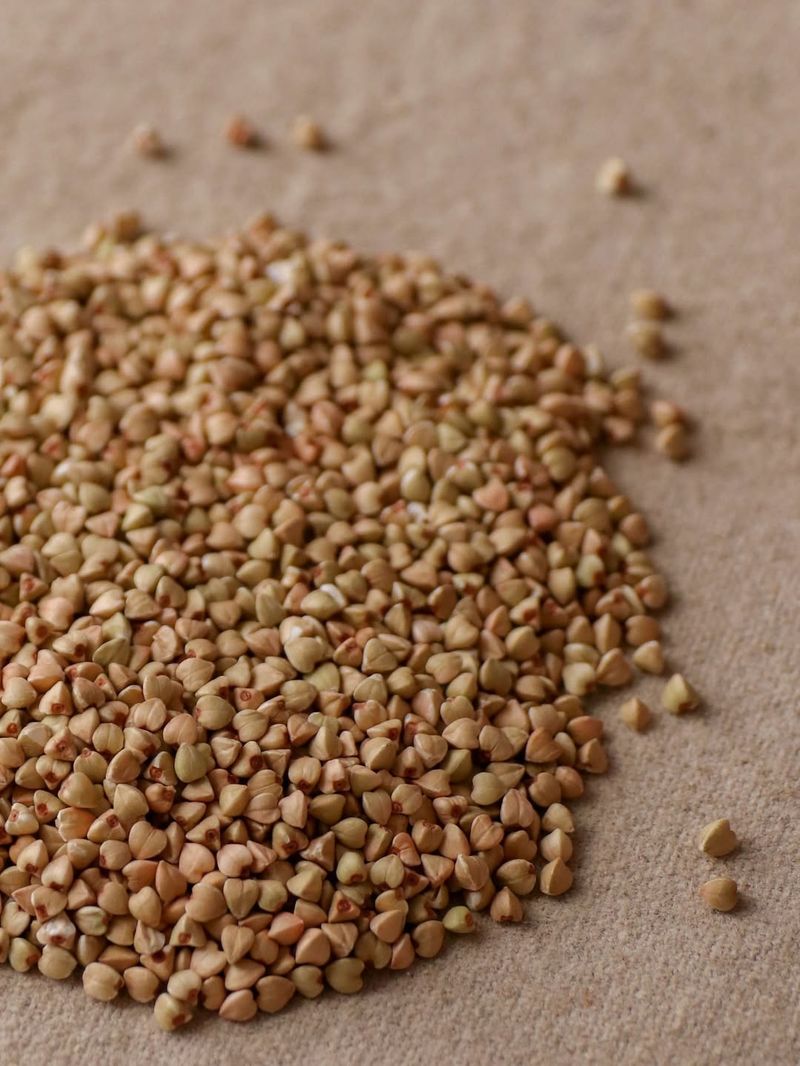
Buckwheat, despite its name, is gluten-free and packed with nutrients. It’s rich in fiber, magnesium, and antioxidants, supporting heart health and digestion.
This pseudo-cereal can be a base for salads or served as a side dish. Its nutty flavor and chewy texture make meals more satisfying.
Consider using buckwheat flour for pancakes or baking for a nutritious twist. Integrating buckwheat into your diet can diversify your grain intake while boosting nutritional value.
6. Chia Seeds
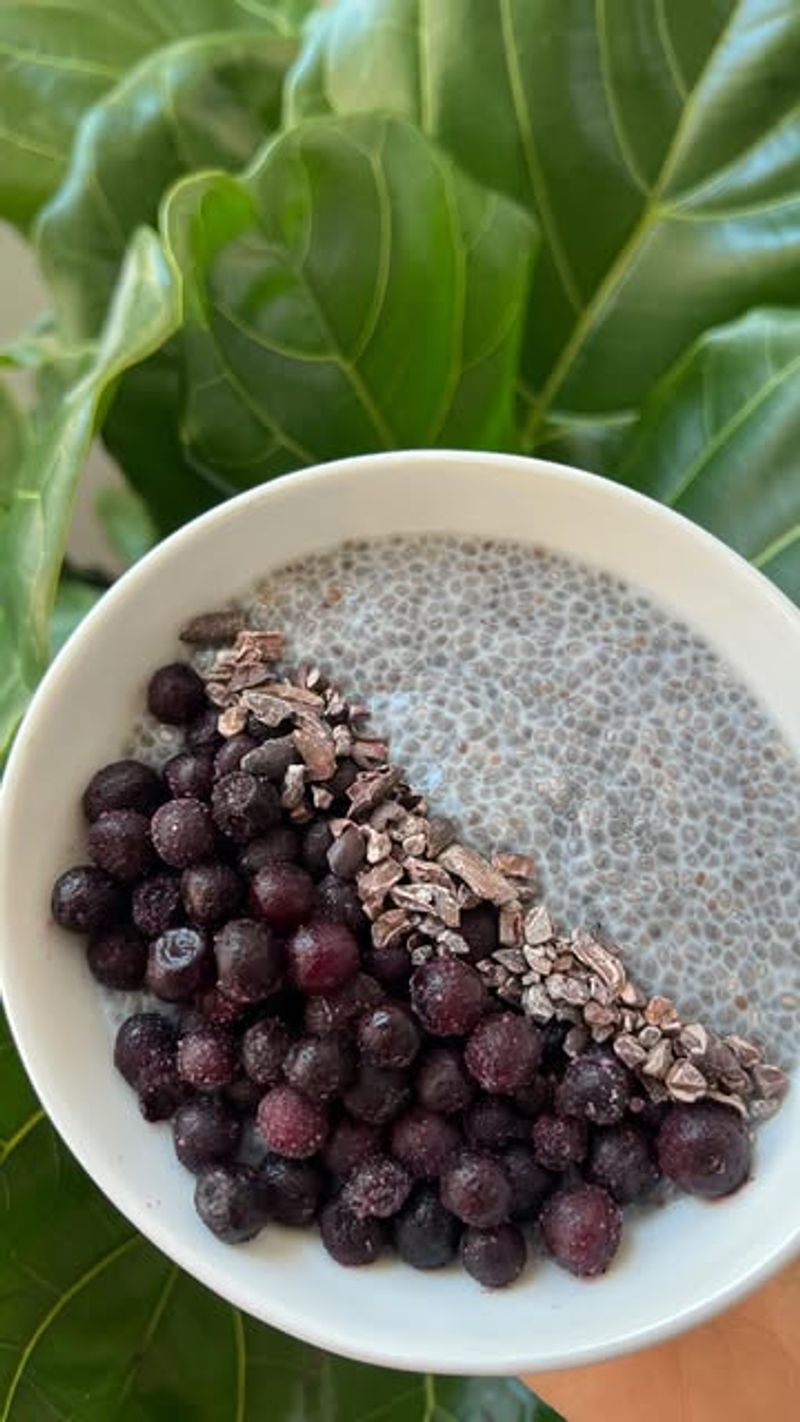
Tiny but mighty, chia seeds are an excellent source of omega-3s, fiber, and protein. They expand in liquid, making them perfect for puddings or smoothies.
These seeds promote digestive health and can help maintain stable blood sugar levels. Adding a spoonful to your meals enhances nutrition effortlessly.
Try them in overnight oats or as an egg substitute in recipes. Their versatility and health benefits make chia seeds a staple for health-conscious kitchens.
7. Miso
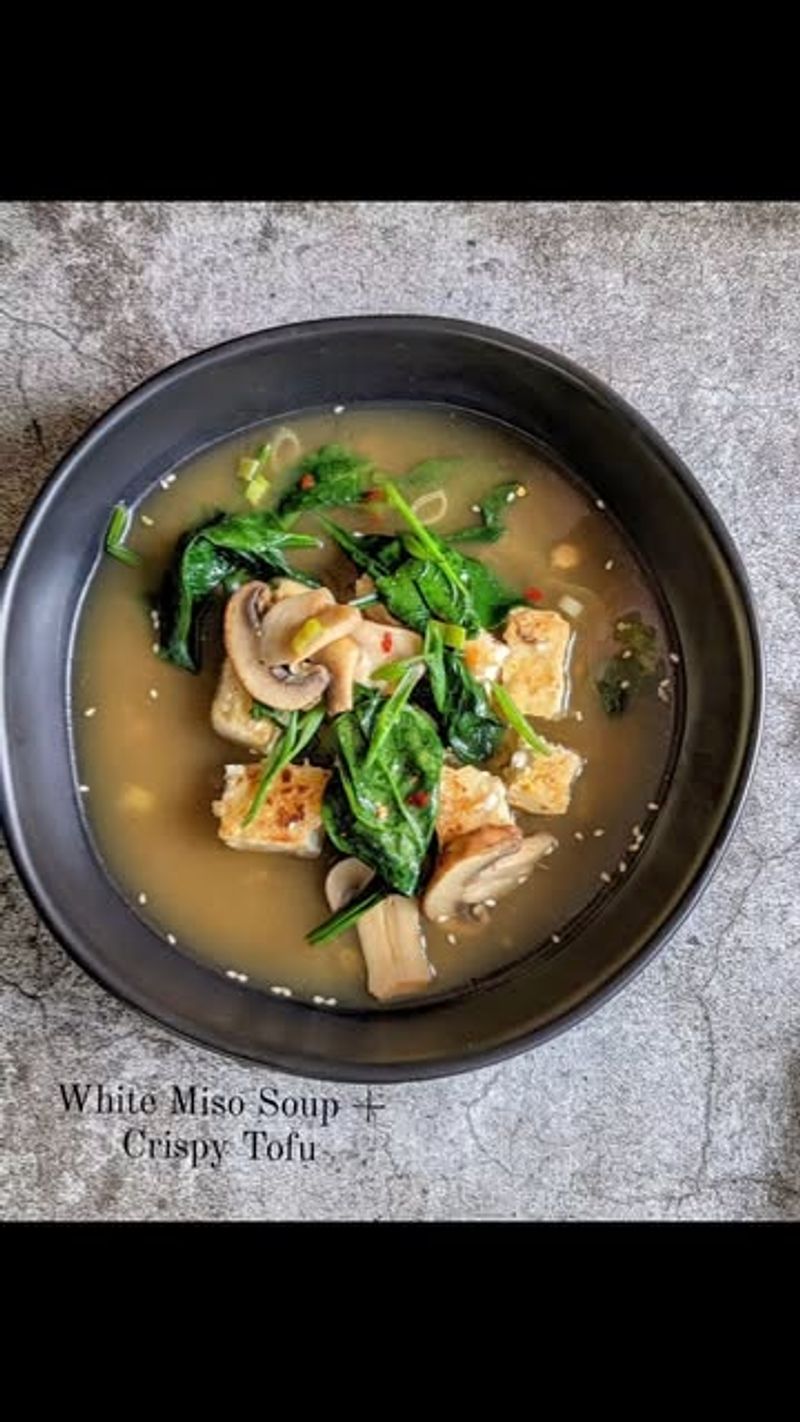
Miso, a fermented soybean paste, is more than just soup. It’s rich in probiotics, supporting digestive health and immunity.
This umami-rich ingredient can enhance marinades, dressings, or sauces, offering depth and flavor. Its savory taste complements a variety of dishes.
Incorporating miso into your cooking can introduce fermentation benefits, enriching your diet. It’s a versatile pantry staple for those seeking diverse flavors and health benefits.
8. Kefir
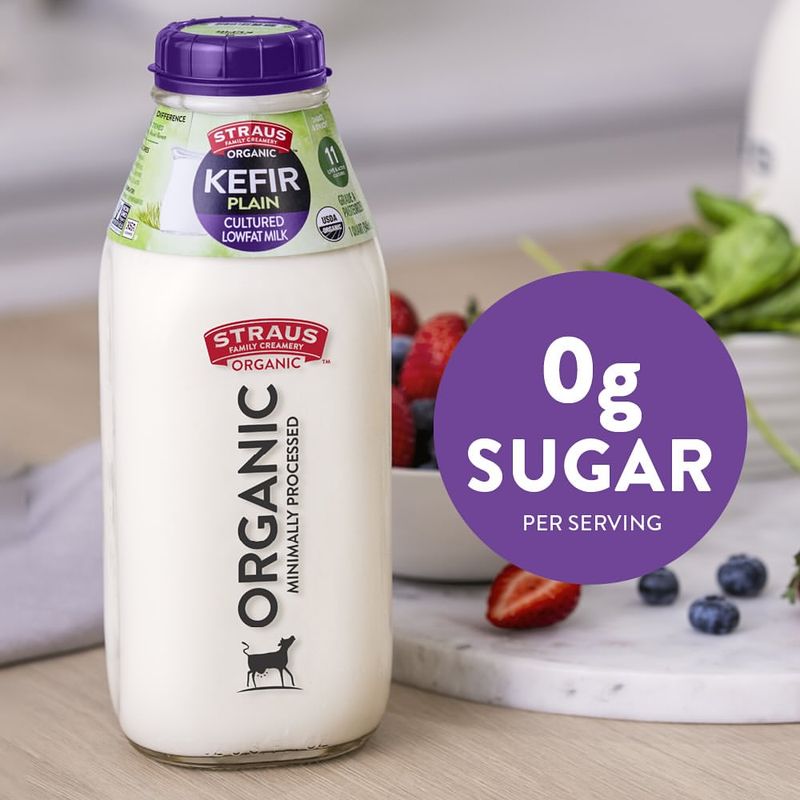
Kefir, a fermented milk drink, is often overshadowed by yogurt, yet it offers more probiotics. These beneficial bacteria promote gut health and enhance immunity.
Kefir’s tangy flavor and creamy texture make it a refreshing beverage or smoothie base. It can also be used in dressings or baked goods.
Regularly consuming kefir can support digestion and overall well-being. Its versatility and health benefits make it a valuable addition to a balanced diet.
9. Seaweed

Seaweed is a nutrient-dense food providing iodine, iron, and calcium. It’s beneficial for thyroid function and bone health.
This ocean vegetable can be added to salads, soups, or as a snack, introducing unique flavors and textures.
Seaweed is an excellent way to diversify your diet with marine nutrients. Its versatility and nutritional profile make it a sea treasure worth exploring in your meals.
10. Lentils
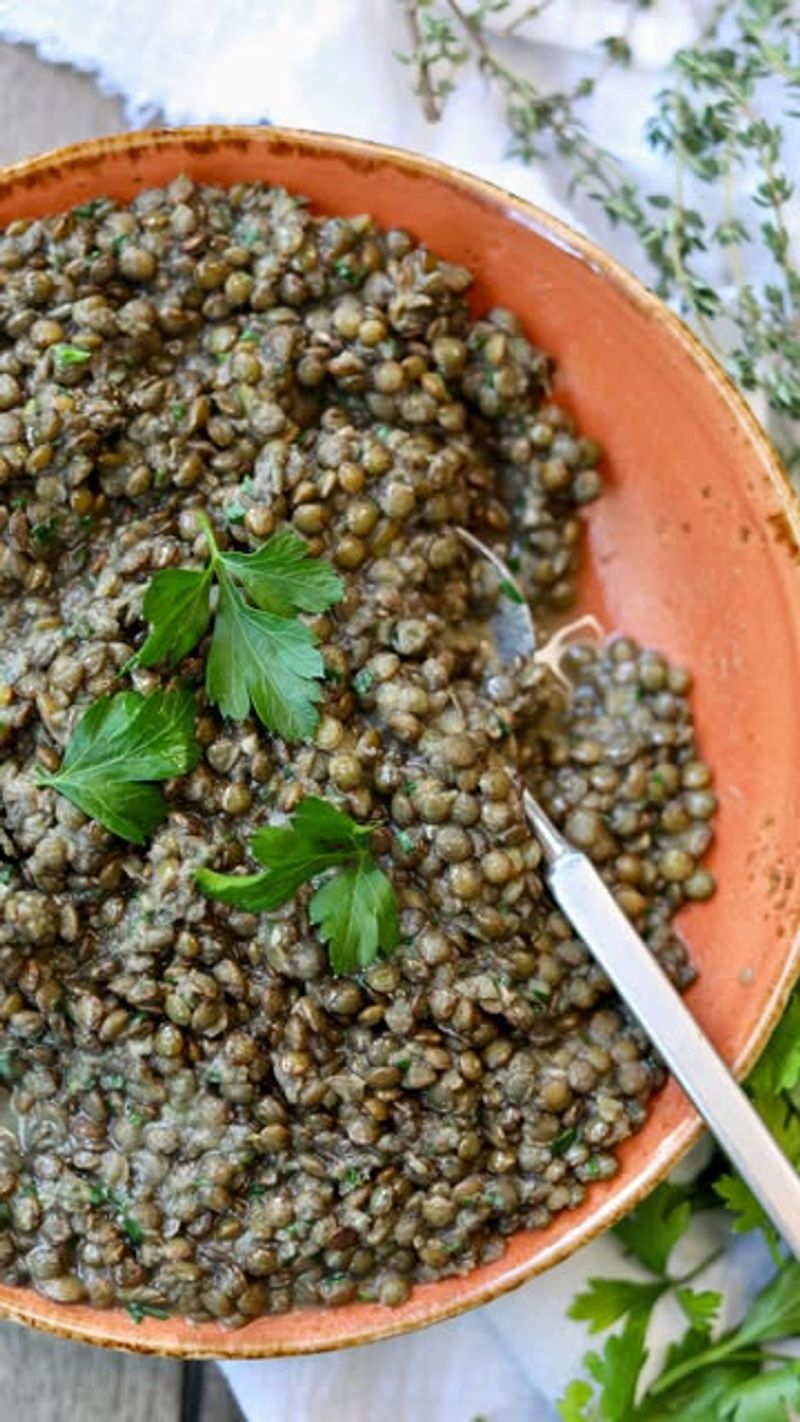
Lentils are a plant-based protein powerhouse, rich in fiber, iron, and folate. They support heart health and are beneficial for vegans and vegetarians.
These legumes can be used in soups, salads, or as a meat substitute in various dishes. Their earthy flavor and texture make them a satisfying ingredient.
Including lentils in your meals can diversify your protein intake and enhance nutritional value, supporting a balanced diet.
11. Quinoa
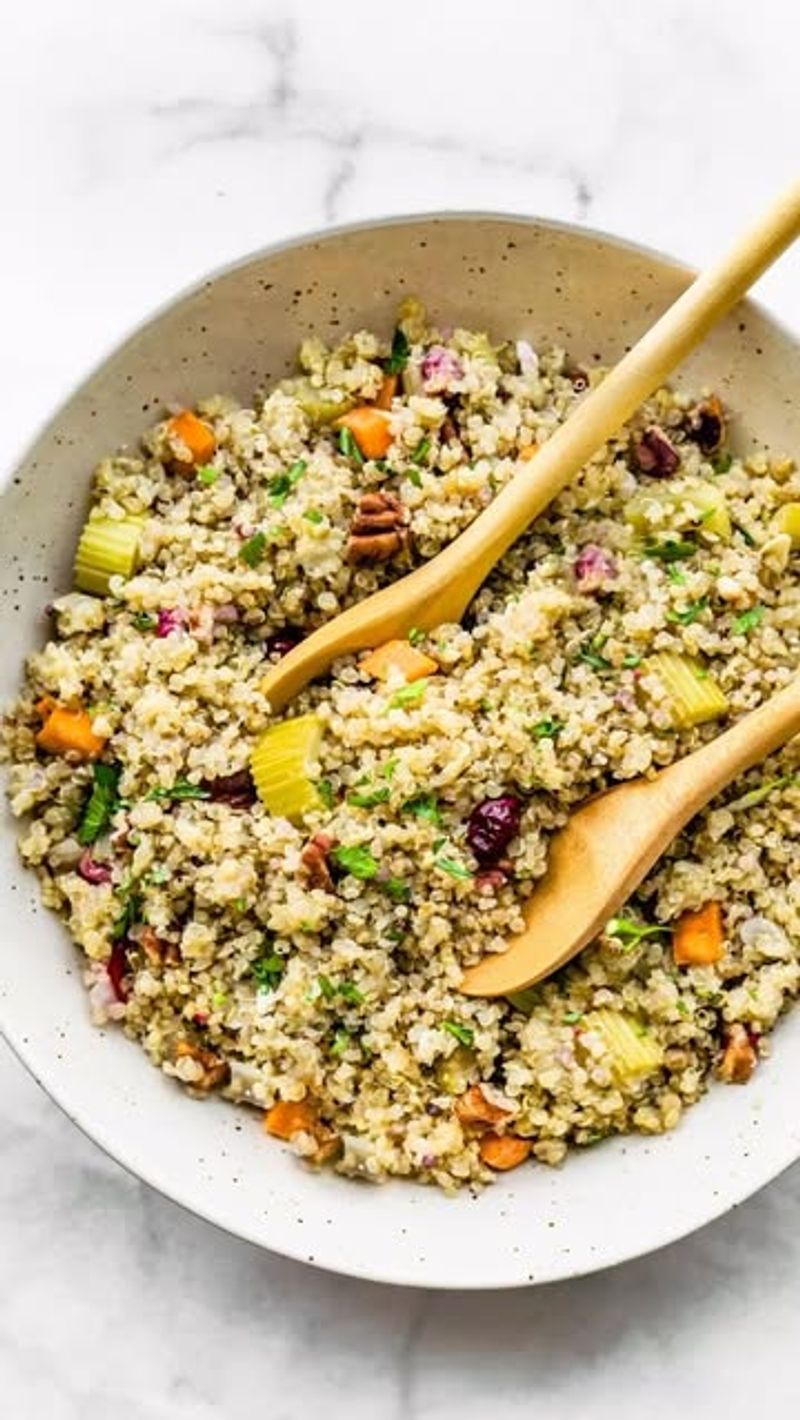
Quinoa is a complete protein, providing all essential amino acids. It’s rich in fiber, magnesium, and vitamins, supporting overall health.
This versatile grain can be used in salads, side dishes, or breakfast bowls. Its nutty flavor and fluffy texture make it a satisfying choice.
Incorporating quinoa into your diet can enhance nutrient intake and offer variety, making it a valuable staple for health-conscious eaters.
12. Amaranth
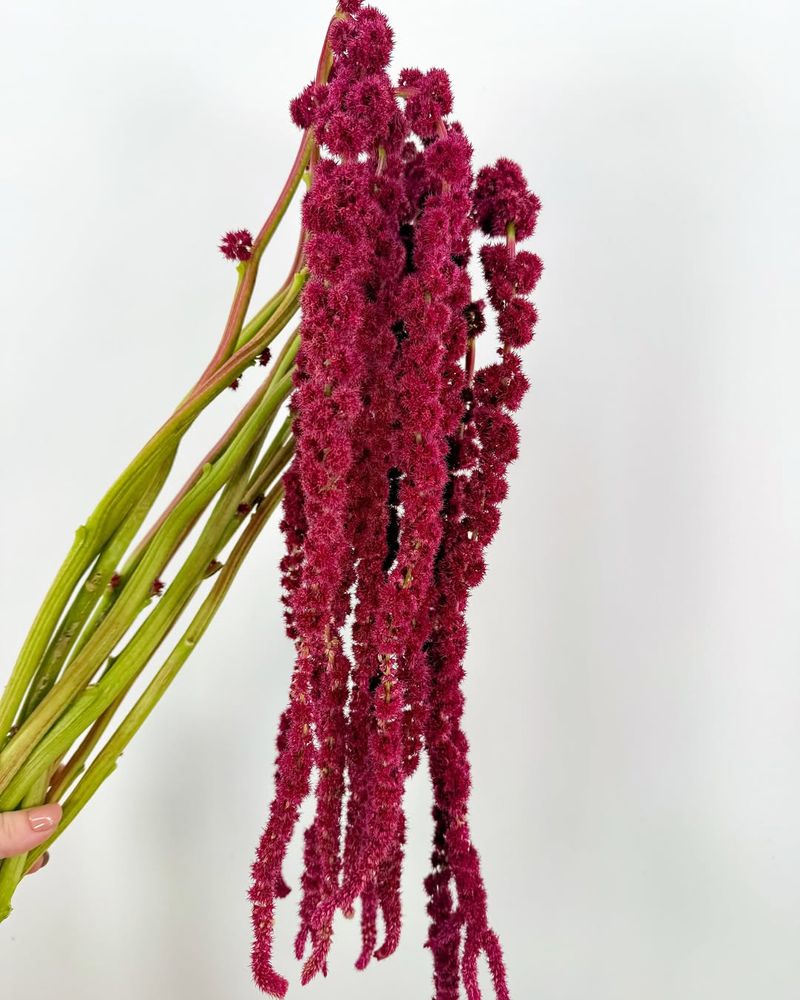
Amaranth is a gluten-free grain boasting high protein and fiber content. It’s rich in iron and magnesium, supporting energy levels and muscle function.
This ancient grain can be used in porridge, salads, or as a side dish. Its slightly sweet flavor complements both sweet and savory dishes.
Adding amaranth to your meals can diversify your grain options and boost nutritional intake, making it a worthy addition to a healthy diet.
13. Spirulina
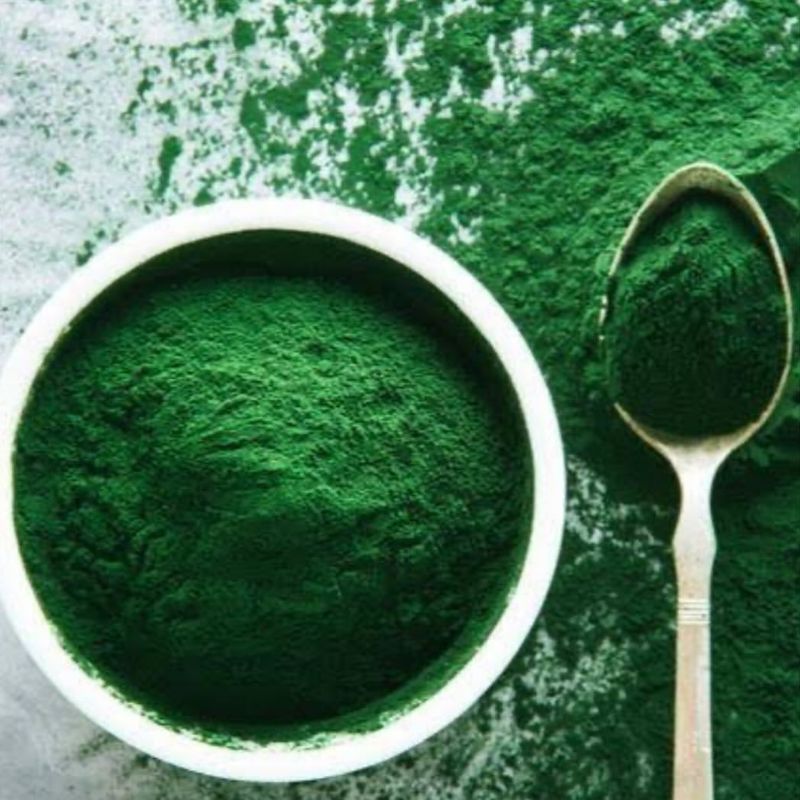
Spirulina, a blue-green algae, is a superfood rich in protein, vitamins, and minerals. It’s particularly beneficial for vegetarians and vegans.
This nutrient-dense supplement can be added to smoothies, juices, or energy bars, enhancing their nutritional profile.
Regular consumption of spirulina can support immune function and improve energy levels. Its concentrated nutrition makes it a powerful addition to a balanced diet.
14. Hemp Seeds
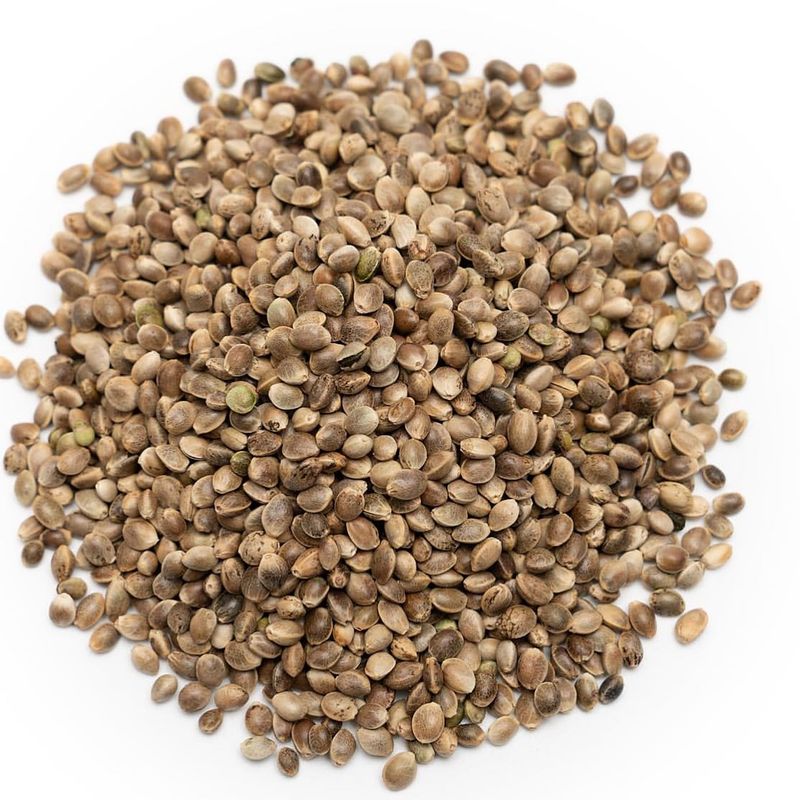
Hemp seeds are packed with protein, omega-3, and omega-6 fatty acids. They support heart health and provide essential nutrients for vegans.
These seeds can be sprinkled on salads, yogurts, or blended into smoothies, offering both nutrition and texture.
Incorporating hemp seeds into your diet can enhance nutrient intake and provide healthy fats, making them a valuable addition to a plant-based diet.
15. Nutritional Yeast
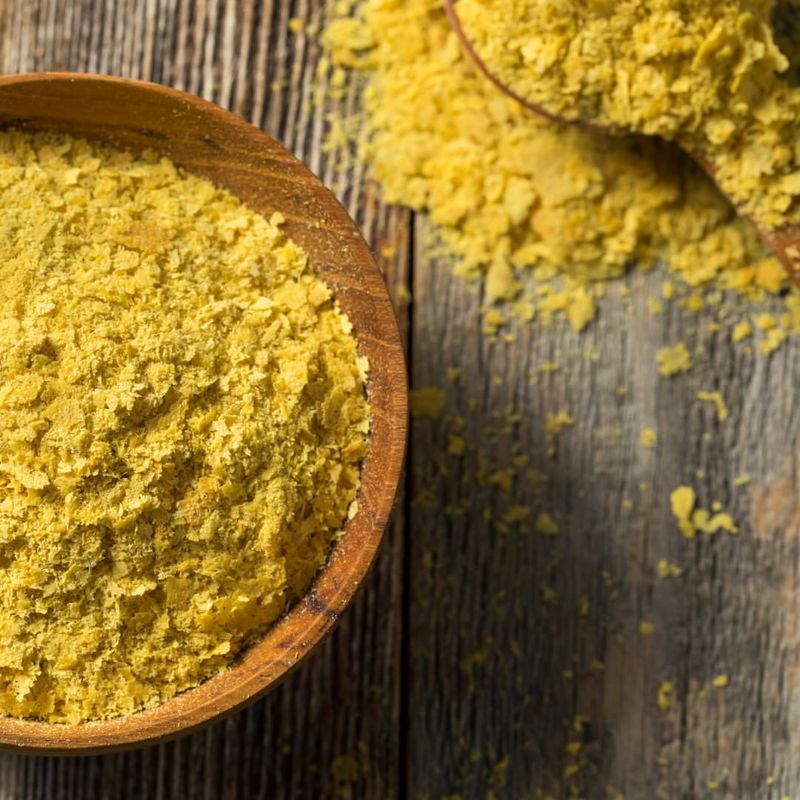
Nutritional yeast is a savory, cheese-flavored seasoning that’s rich in B-vitamins and protein. It’s a popular ingredient for vegans seeking to enhance flavor and nutrition.
Sprinkle it on popcorn, pasta, or salads for a nutrient boost. Its unique flavor profile can elevate various dishes.
Including nutritional yeast in your meals can provide essential nutrients and diversify flavors, supporting a balanced diet.
16. Kimchi
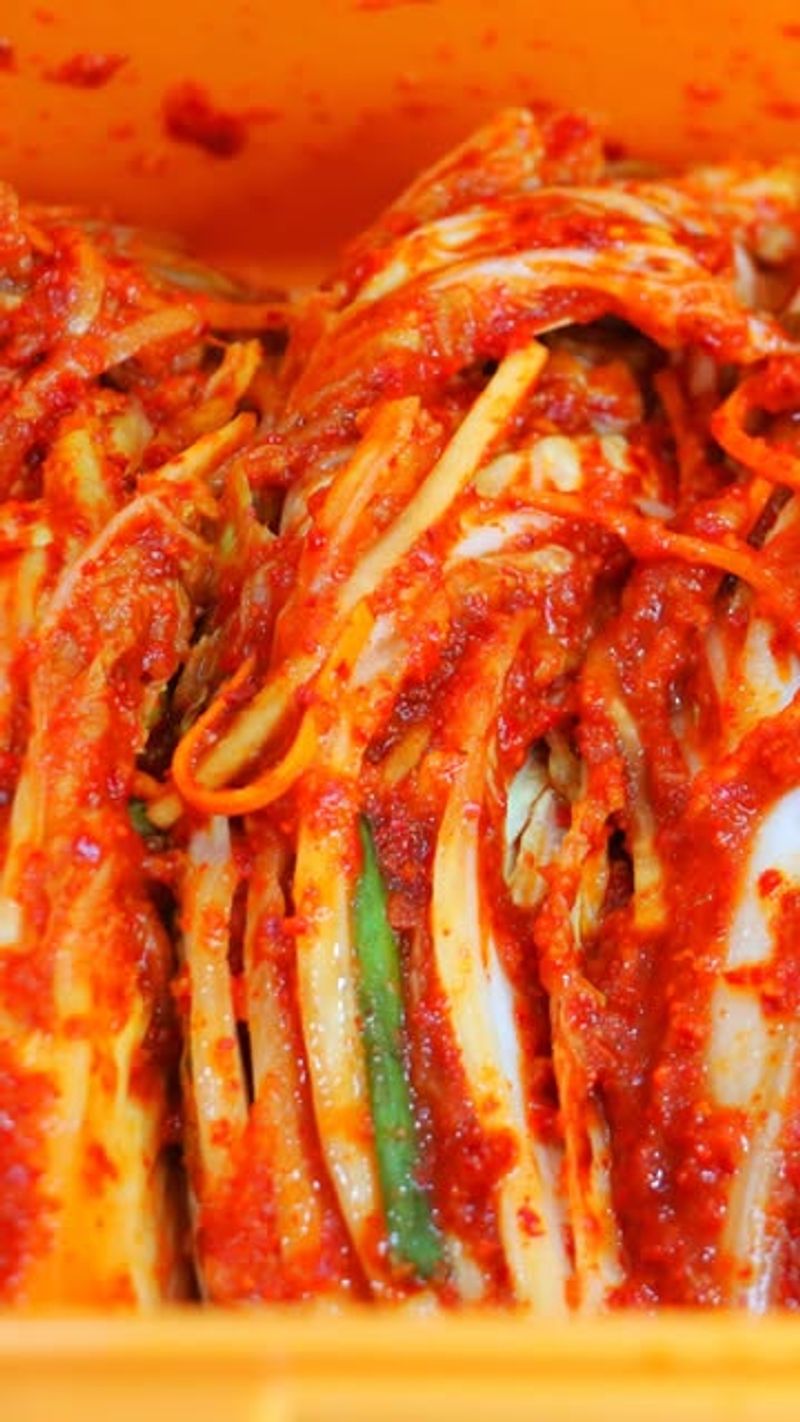
Kimchi, a traditional Korean dish, is fermented cabbage rich in probiotics and vitamins. It supports digestive health and boosts immunity.
Its spicy, tangy flavor pairs well with rice, noodles, or grilled meats, adding a zesty kick to meals.
Regularly incorporating kimchi into your diet can enhance gut health and introduce exciting flavors. It’s a flavorful way to embrace fermentation benefits.
17. Black Garlic
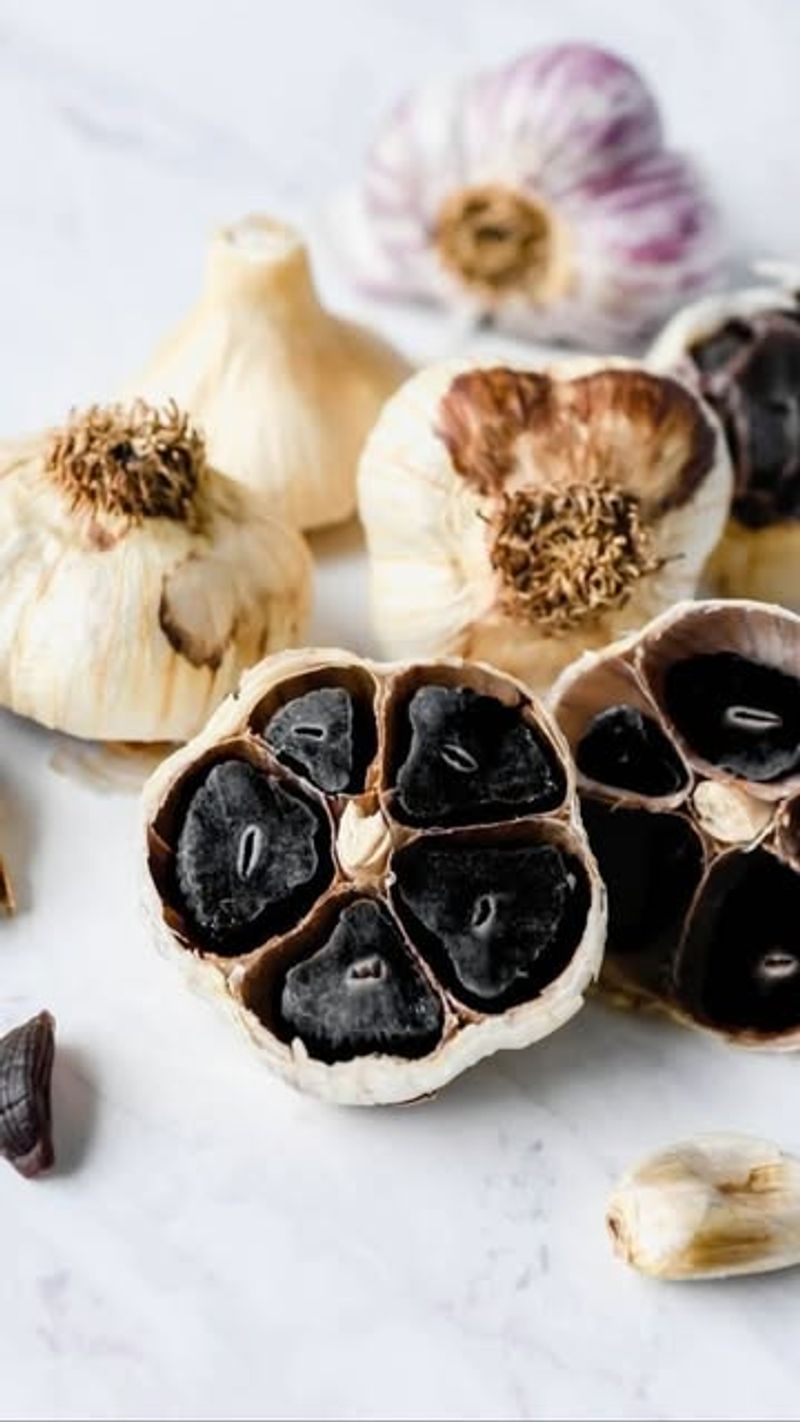
Black garlic is a fermented version of raw garlic, offering a sweet, mellow flavor. It’s rich in antioxidants, supporting immune health.
This unique ingredient can be used in sauces, dips, or spreads, enhancing dishes with its complex taste.
Including black garlic in your cooking can diversify flavors and introduce fermentation benefits, making it a valuable pantry addition.
18. Dandelion Greens

Dandelion greens, often overlooked as a weed, are rich in vitamins A, C, and K. They support liver health and detoxification.
These greens can be used in salads, sautés, or smoothies, offering a slightly bitter yet refreshing taste.
Incorporating dandelion greens into your meals can enhance nutrient intake and offer variety, making them a beneficial addition to a healthy diet.
